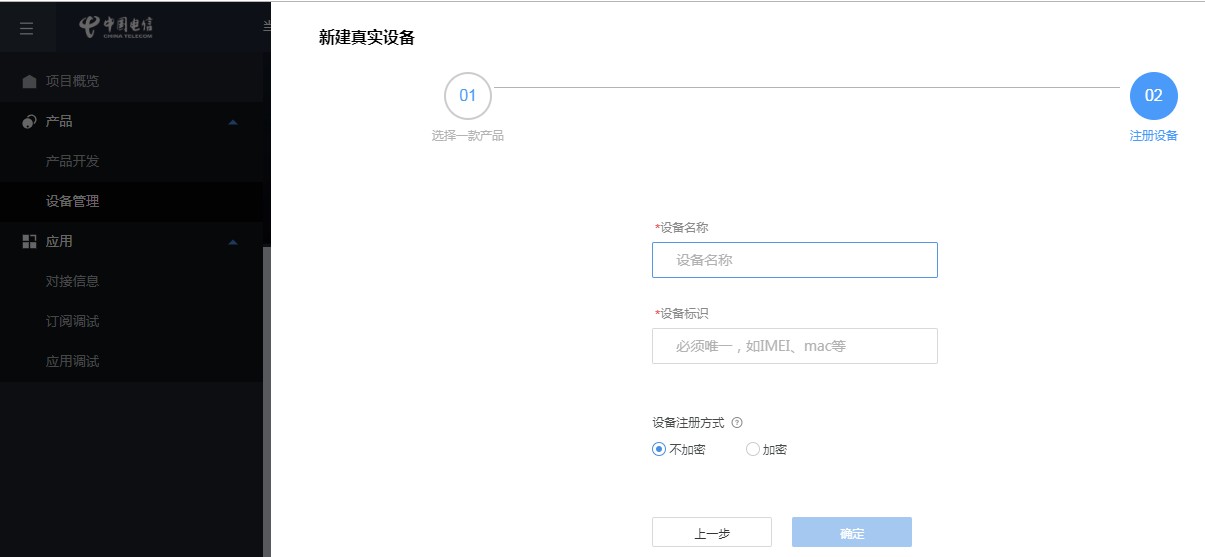学习笔记线程的创建方式
学习笔记
- 5、线程池
多线程创建方式
1.继承Thread类,重写run方法
public class a extends Thread{public void run() {while(true) {try {sleep(50);} catch (InterruptedException e) {// TODO Auto-generated catch blocke.printStackTrace();}System.out.println("旭旭520");}}`public static void main(String[] args) {new a().start();new b().start();new c().start();}}class b extends Thread{public void run() {while(true) {try {sleep(50);} catch (InterruptedException e) {// TODO Auto-generated catch blocke.printStackTrace();}System.out.println("xx520");}}}class c extends Thread{public void run() {while(true) {try {sleep(50);} catch (InterruptedException e) {// TODO Auto-generated catch blocke.printStackTrace();}System.out.println("zz520");}}}
执行结果:
旭旭520
zz520
xx520
旭旭520
zz520
xx520
旭旭520
zz520
xx520
旭旭520
xx520
zz520
旭旭520
xx520
zz520
旭旭520
xx520
zz520
2.实现Runnable接口,重写run()方法,将类的实例作为Thread的参数
public class a implements Runnable {public void run() {while (true) {try {Thread.sleep(50);} catch (InterruptedException e) {// TODO Auto-generated catch blocke.printStackTrace();}System.out.println("旭旭520");}}public static void main(String[] args) {new Thread(new a()).start();new Thread(new b()).start();new Thread(new c()).start();}}class b implements Runnable {public void run() {while (true) {try {Thread.sleep(50);} catch (InterruptedException e) {// TODO Auto-generated catch blocke.printStackTrace();}System.out.println("xx520");}}}class c implements Runnable {public void run() {while (true) {try {Thread.sleep(50);} catch (InterruptedException e) {// TODO Auto-generated catch blocke.printStackTrace();}System.out.println("zz520");}}}
执行结果:
旭旭520
zz520
xx520
旭旭520
zz520
旭旭520
xx520
zz520
旭旭520
xx520
zz520
xx520
旭旭520
3.实现Callable接口,重写call方法将实现了Callable的类的一个实例作为FutureTask的参数,再将一个FutureTask的实例作为Thread的参数
import java.util.concurrent.Callable;import java.util.concurrent.FutureTask;public class a implements Callable<String> {public String call() {while (true) {try {Thread.sleep(50);} catch (InterruptedException e) {// TODO Auto-generated catch blocke.printStackTrace();}System.out.println("zz520");}}public static void main(String[] args) {Callable<String> c1 = new a();FutureTask<String> f1 = new FutureTask<String>(c1);new Thread(f1).start();Callable<String> c2 = new b();FutureTask<String> f2 = new FutureTask<String>(c2);new Thread(f2).start();Callable<String> c3 = new c();FutureTask<String> f3 = new FutureTask<String>(c3);new Thread(f3).start();}}class b implements Callable<String> {public String call() {while (true) {try {Thread.sleep(50);} catch (InterruptedException e) {// TODO Auto-generated catch blocke.printStackTrace();}System.out.println("旭旭520");}}}class c implements Callable<String> {public String call() {while (true) {try {Thread.sleep(50);} catch (InterruptedException e) {// TODO Auto-generated catch blocke.printStackTrace();}System.out.println("xx520");}}}
执行结果:
旭旭520
xx520
zz520
旭旭520
xx520
旭旭520
zz520
xx520
zz520
旭旭520
xx520
4.使用线程池Executors类,使用ExecutorService e = Executors.newFixedThreadPool(5);再使用e.submit方法将实现了Runable接口的实例执行线程
import java.util.concurrent.ExecutorService;import java.util.concurrent.Executors;public class a implements Runnable {public void run() {while (true) {try {Thread.sleep(50);} catch (InterruptedException e) {// TODO Auto-generated catch blocke.printStackTrace();}System.out.println("xx520");}}public static void main(String[] args) {ExecutorService e = Executors.newFixedThreadPool(5);e.submit(new a());e.submit(new b());e.submit(new c());}}class b implements Runnable {public void run() {while (true) {try {Thread.sleep(50);} catch (InterruptedException e) {// TODO Auto-generated catch blocke.printStackTrace();}System.out.println("旭旭520");}}}class c implements Runnable {public void run() {while (true) {try {Thread.sleep(50);} catch (InterruptedException e) {// TODO Auto-generated catch blocke.printStackTrace();}System.out.println("zz520");}}}
执行结果:
zz520
xx520
旭旭520
zz520
xx520
旭旭520
xx520
zz520
zz520
xx520
旭旭520
5、线程池
ThreadPoolExecutor threadPoolExecutor = new ThreadPoolExecutor(1, 10, 1000, TimeUnit.MILLISECONDS, new PriorityBlockingQueue<Runnable>(), Executors.defaultThreadFactory(), new ThreadPoolExecutor.AbortPolicy());threadPoolExecutor.execute(new AlertBug());



































还没有评论,来说两句吧...